How Japanese Food Changed My Filipino Taste Buds
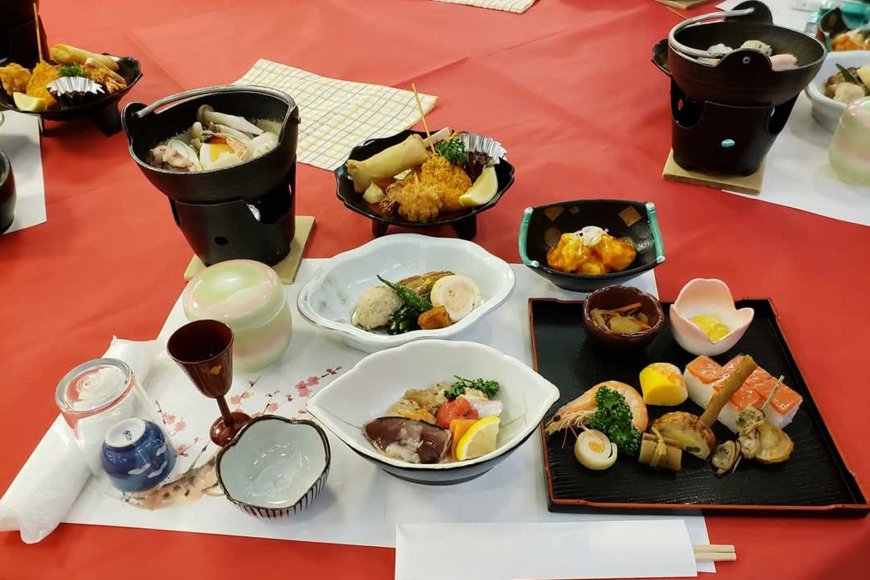
Exploring the Unique Fusion of Filipino and Japanese Flavors
The culinary world is a bridge between cultures, and for me, the meeting point of Filipino and Japanese food has been a journey of discovery and transformation. Having grown up with the bold, hearty flavors of Filipino cuisine, my first experience with Japanese food was a revelation that slowly transformed my palate. The journey from rice-based meals and bold seasonings to the delicate, subtle flavors of Japanese food has reshaped my taste buds in ways I never imagined.

The Bold and Hearty Flavors of Filipino Cuisine
Filipino food is defined by its richness, strong flavors, and diverse influences from various countries. Dishes like adobo (marinated meat), sinigang (sour soup), and lechon (roast pig) are packed with garlic, vinegar, soy sauce, and a generous use of seasonings like fish sauce and pepper. The food culture in the Philippines embraces powerful flavors that leave a lasting impact on the taste buds. This culinary tradition is hearty, satisfying, and full of umami, a flavor that resonates deeply with Filipinos and is synonymous with comfort food.
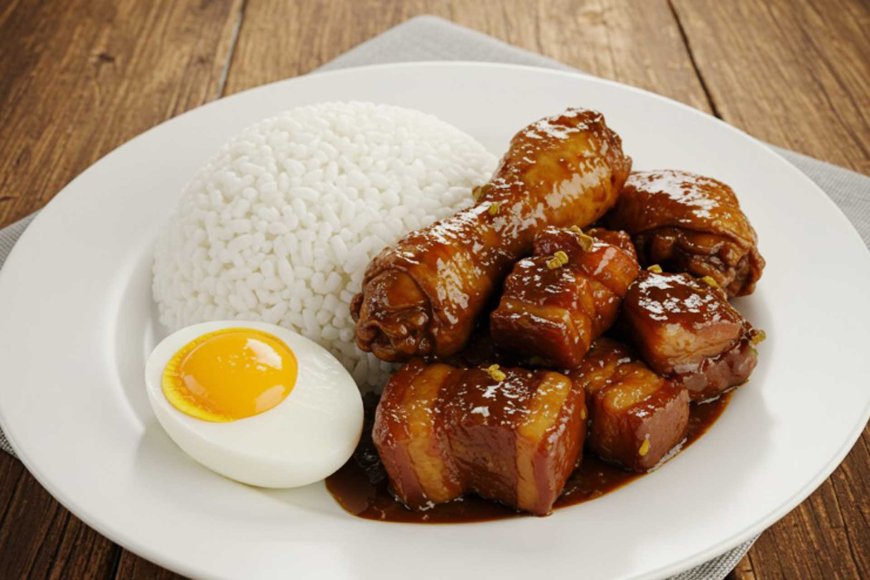
The Delicate Subtlety of Japanese Cuisine
When I first encountered Japanese food, it was a stark contrast to the boldness I was accustomed to. The light and subtle flavors of dishes like sushi, ramen, and tempura were almost underwhelming at first. However, I quickly realized that the simplicity of Japanese food is where its true beauty lies. Ingredients like fresh fish, delicate broths, and earthy miso paste combine to create a flavor profile that is refined and often understated, yet deeply satisfying. The use of seasonings such as soy sauce, wasabi, and pickled ginger opened up a new world of flavor combinations that I had never experienced before.
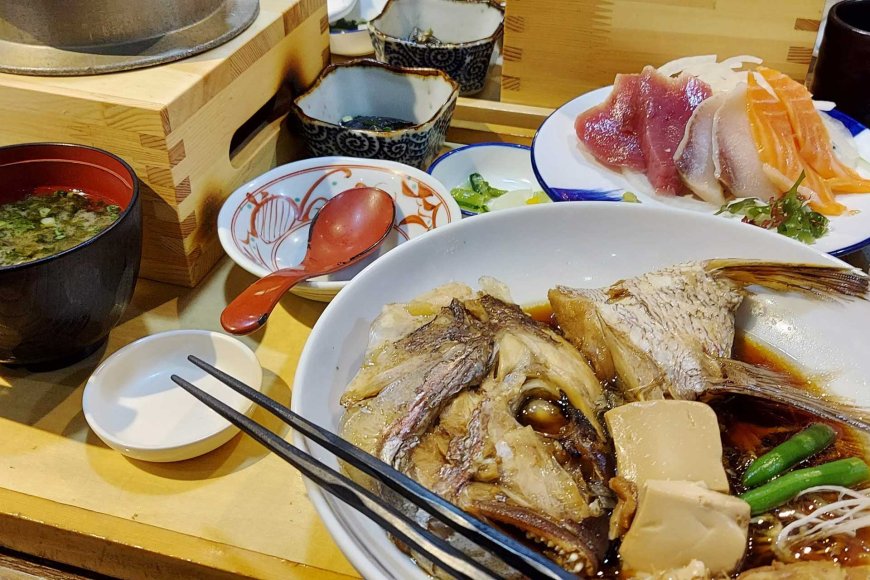
The Influence of Japanese Food on My Taste Preferences
As my exposure to Japanese cuisine grew, I noticed my taste buds becoming more appreciative of subtlety. While I still enjoy the boldness of Filipino dishes, I now find myself seeking out the nuanced flavors of Japanese meals more frequently. The balance of sweet, sour, salty, and umami in Japanese dishes has taught me to savor the layers of flavor in every bite. Even something as simple as a bowl of miso soup became a comforting, warming experience—far removed from the punchier Filipino soups I had grown up with.
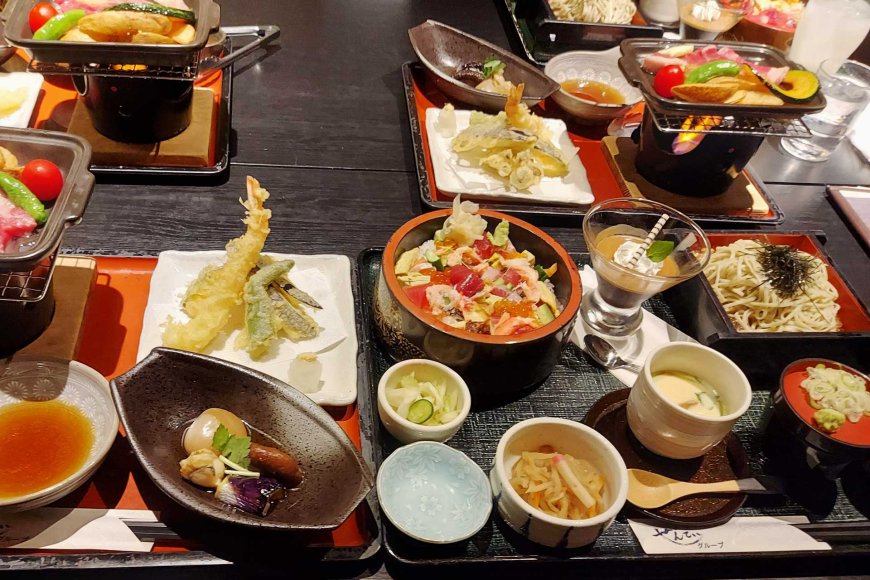
Sushi and the Art of Minimalism
One of the most impactful shifts was my appreciation for sushi. The simplicity of a slice of fresh fish atop perfectly seasoned rice felt like a revelation. Sushi became my gateway to understanding the art of minimalism in food. Unlike Filipino dishes that often mix numerous ingredients into one pot, Japanese dishes like sushi focus on enhancing the flavor of each individual ingredient. This emphasis on quality and technique has since influenced the way I approach cooking at home, where I now find myself paying more attention to the freshness and quality of ingredients.
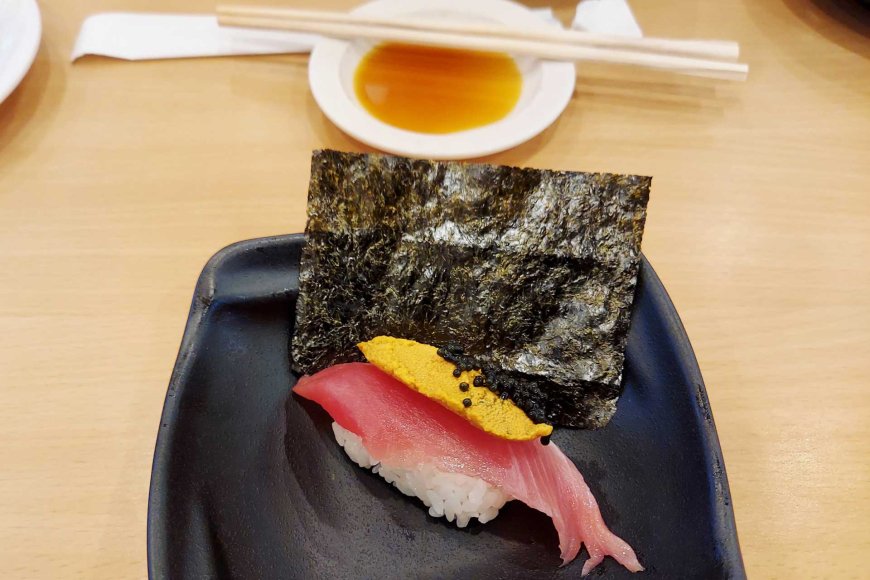
Ramen: A Comforting, Flavorful Journey
Another standout experience for me was ramen. The first time I tasted this savory noodle soup, the complexity of the broth hit me in ways that were entirely new. The rich, slow-cooked broths—whether tonkotsu, miso, or shoyu—taught me that flavor can be achieved through time, patience, and careful attention to detail. Ramen’s balance of salty, sweet, and savory notes was an eye-opener, as I realized how much depth and variety there is within a single bowl of noodles.
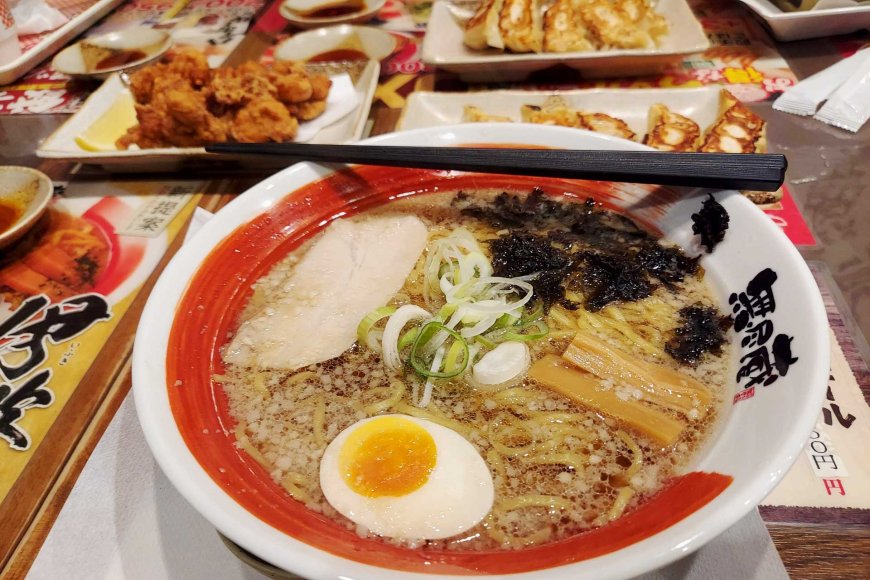
Fusion of Filipino and Japanese Flavors: A Personal Evolution
The fusion of Japanese and Filipino flavors within my own cooking has been the most exciting outcome of this culinary transformation. I started experimenting by incorporating Japanese ingredients into Filipino dishes—adding miso to adobo, incorporating nori (seaweed) into sinigang, and topping pancit (noodles) with a drizzle of soy sauce and a hint of wasabi. These experiments have brought a fresh and exciting twist to traditional Filipino food while still preserving the comforting, hearty essence of Filipino cuisine.
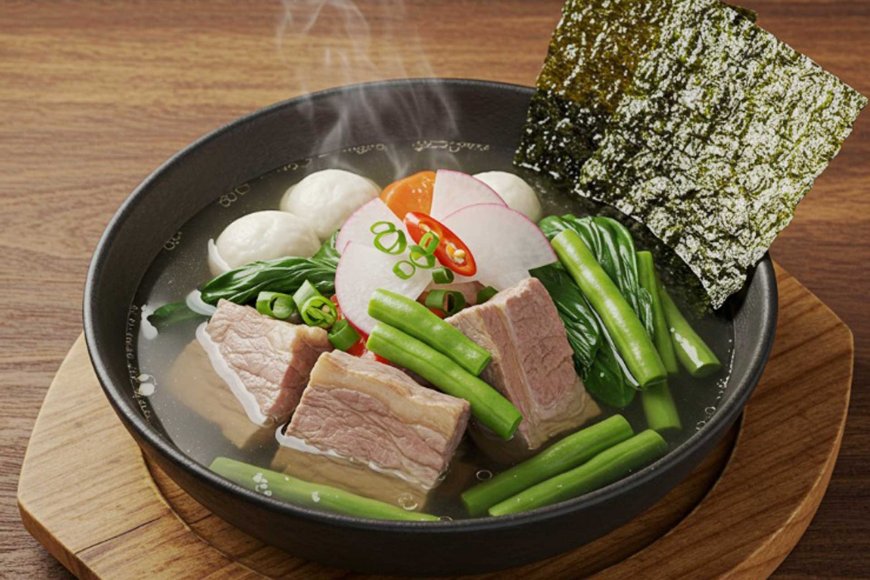
Embracing a New Culinary Horizon
Japanese food has not only changed my Filipino taste buds but has also broadened my culinary horizon. The simplicity, balance, and respect for ingredients in Japanese cooking have taught me to appreciate subtlety and refinement in food. While Filipino cuisine will always hold a special place in my heart, my experience with Japanese food has introduced me to a world of flavors and cooking techniques that have enriched my cooking and eating experiences. As I continue to explore both cuisines, I find that my palate is more adventurous, open to new combinations, and more aware of the delicate beauty found in every dish.
Nipino.com is committed to providing you with accurate and genuine content. Let us know your opinion by clicking HERE.



































































